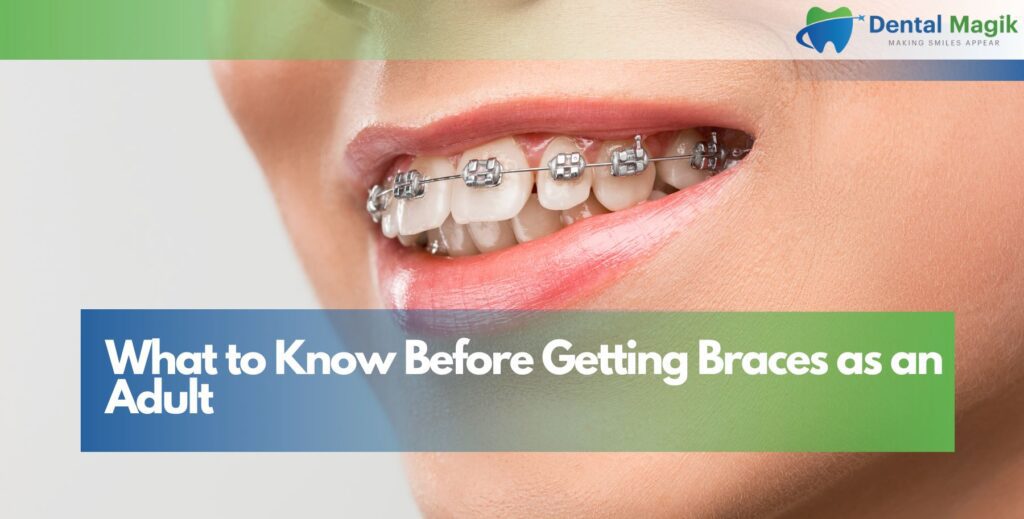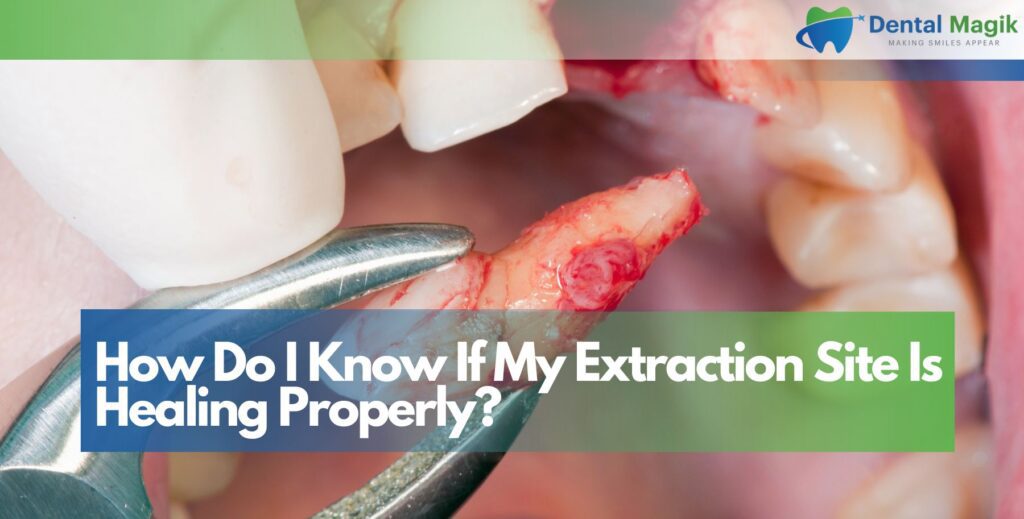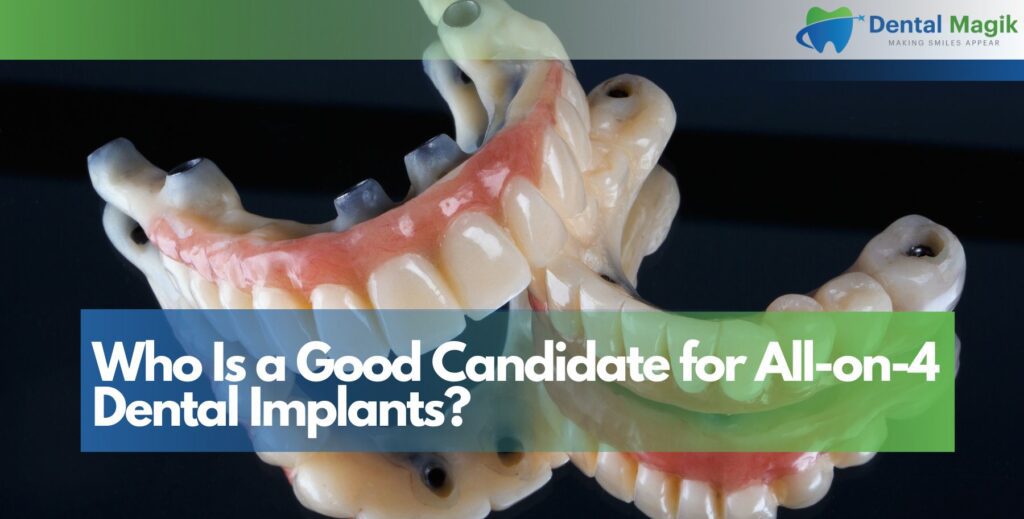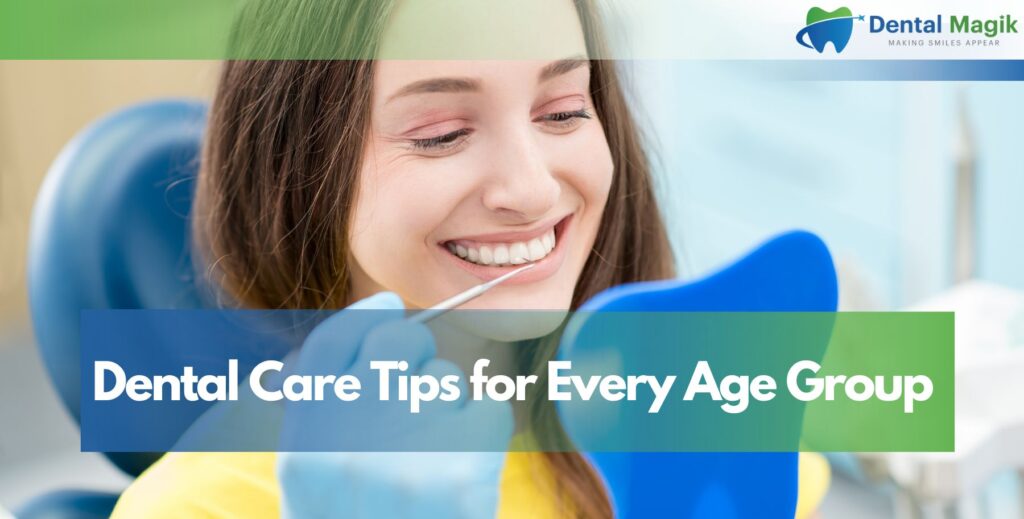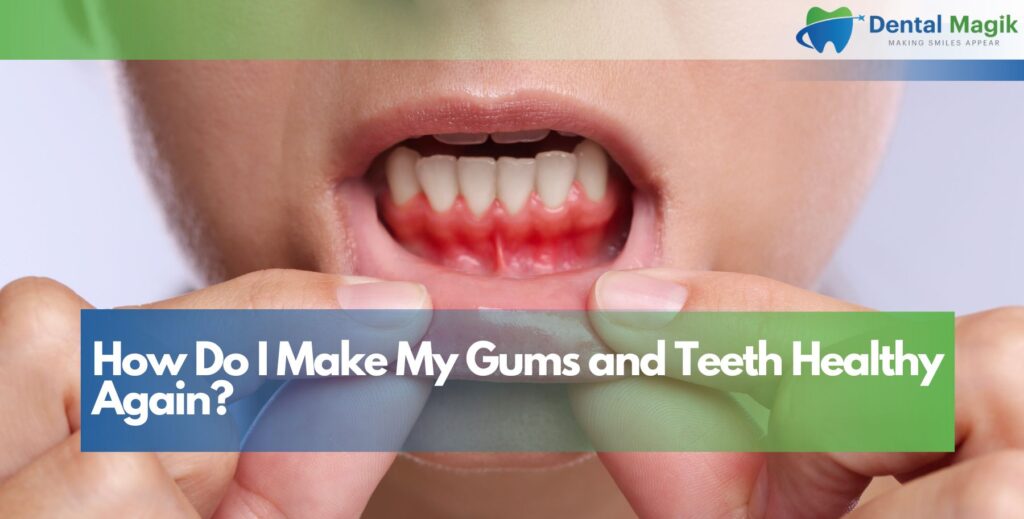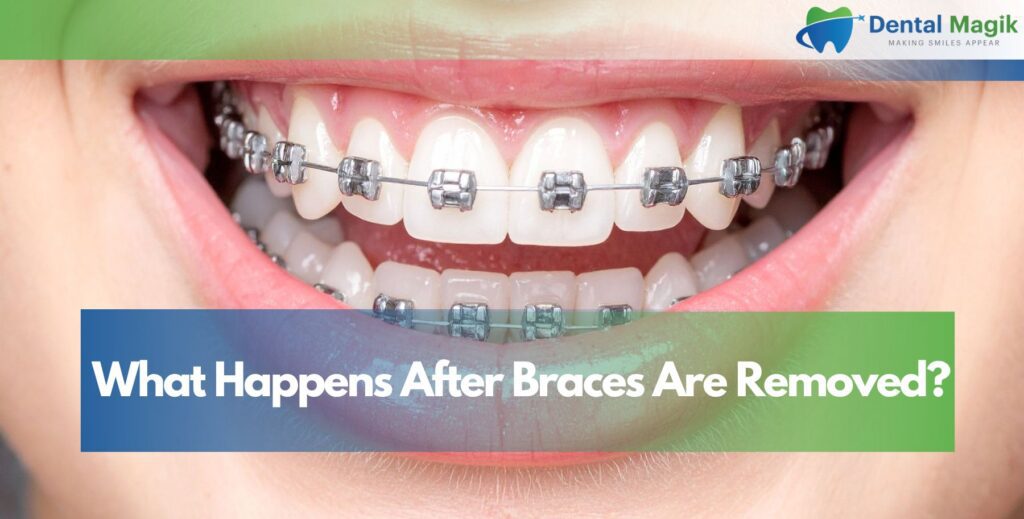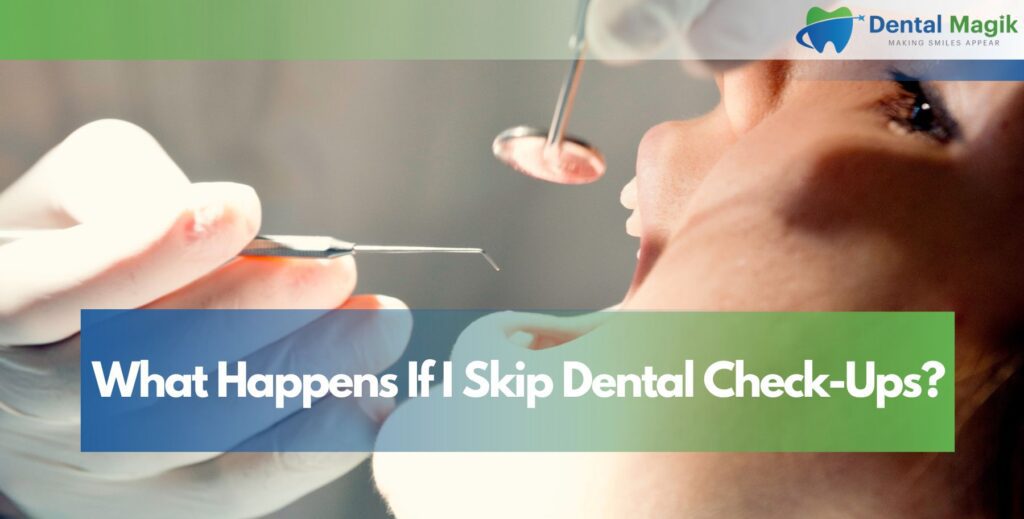The decision to get braces as an adult is becoming increasingly common, with more people recognizing that it’s never too late to achieve the smile they’ve always wanted. While orthodontic treatment during childhood and adolescence has long been the norm, adult orthodontics has seen tremendous growth, with nearly one in four orthodontic patients now being adults.
Adult braces offer the opportunity to correct dental issues that may have been overlooked during childhood or that have developed over time. Whether you’re dealing with crowded teeth, gaps, overbites, underbites, or other alignment issues, modern orthodontic treatments can help you achieve a healthier, more confident smile.
However, getting braces as an adult comes with unique considerations that differ from childhood orthodontic treatment. Understanding these factors before beginning your orthodontic journey will help you make informed decisions and set realistic expectations for your treatment experience.
Understanding Adult Orthodontic Needs
Adult orthodontic treatment addresses a wide range of dental concerns that can impact both oral health and self-confidence. Many adults seek orthodontic treatment to correct issues that were never addressed during their youth, while others develop new problems as they age.
Common reasons adults pursue orthodontic treatment include crowded or crooked teeth that make cleaning difficult and increase the risk of decay and gum disease. Misaligned teeth can create hard-to-reach areas where plaque and bacteria accumulate, leading to oral health problems that worsen over time.
Spacing issues, including gaps between teeth, can affect both appearance and function. Large gaps can trap food particles and may cause speech difficulties or affect chewing efficiency. Conversely, severely crowded teeth can overlap and create cleaning challenges that compromise oral hygiene.
Bite problems, such as overbites, underbites, crossbites, and open bites, can cause uneven wear on teeth, jaw pain, and difficulty with speaking or eating. These issues can worsen with age and may contribute to temporomandibular joint (TMJ) disorders if left untreated.
Adult teeth have completed their development, which means that certain types of movements may take longer or require different approaches compared to adolescent treatment. Additionally, adults may have existing dental work, such as crowns, bridges, or implants, that must be considered when planning orthodontic treatment.
Types of Adult Braces and Treatment Options
Modern orthodontics offers various treatment options designed to meet the diverse needs and preferences of adult patients. Understanding these options will help you choose the most suitable treatment for your lifestyle and goals.
Traditional metal braces remain a popular and effective option for adults. Today’s metal braces are smaller, more comfortable, and more efficient than those used in the past. They consist of metal brackets bonded to the teeth and connected by archwires that gradually guide teeth into proper position. While more visible than other options, metal braces are often the most cost-effective choice and can treat even complex orthodontic issues.
Ceramic braces offer a more aesthetically pleasing alternative to metal braces. The brackets are made from tooth-colored ceramic material that blends with your natural teeth, making them less noticeable. The archwires can also be tooth-colored for additional discretion. While ceramic braces work similarly to metal braces, they may require longer treatment times and careful maintenance to prevent staining.
Lingual braces are placed on the inside surface of the teeth, making them virtually invisible from the outside. This option appeals to adults who want effective treatment without visible appliances. However, lingual braces can be more challenging to clean and may initially affect speech more than other options.
Clear aligners, such as Invisalign, have revolutionized adult orthodontics by offering a nearly invisible treatment option. These custom-made, removable plastic trays gradually shift teeth into position. Clear aligners are popular among adults because they’re removable for eating, drinking, and special occasions, and they don’t restrict food choices like traditional braces.
Self-ligating braces use special clips instead of elastic bands to hold the archwire in place. This technology can reduce friction and may result in faster treatment times and fewer adjustment appointments. Self-ligating braces are available in both metal and ceramic options.
Timeline and Treatment Duration
Understanding the timeline for adult orthodontic treatment helps set realistic expectations and plan for the commitment involved. Adult treatment typically takes longer than adolescent treatment due to the maturity of adult bones and the complexity of cases often seen in adult patients.
The average treatment time for adult braces ranges from 18 to 36 months, though some cases may be completed in as little as 12 months or may require up to 48 months for complex corrections. The duration depends on factors such as the severity of the misalignment, the type of treatment chosen, patient compliance, and individual response to treatment.
Initial consultation and treatment planning typically take several weeks to complete. This phase includes comprehensive examinations, X-rays, impressions, and the development of a customized treatment plan. Some patients may require preliminary treatments, such as tooth extractions or periodontal therapy, before beginning orthodontic treatment.
Active treatment begins once braces are placed or aligners are delivered. Regular adjustment appointments are necessary throughout treatment, typically every 4 to 8 weeks for traditional braces or every 6 to 10 weeks for clear aligners. These appointments allow your orthodontist to monitor progress and make necessary adjustments.
The retention phase follows active treatment and is crucial for maintaining results. Retainers must be worn as directed to prevent teeth from shifting back to their original positions. This phase is lifelong, though the frequency of wear typically decreases over time.
Cost Considerations and Insurance Coverage
The cost of adult orthodontic treatment varies significantly based on the type of treatment chosen, the complexity of the case, geographic location, and the orthodontist’s experience. Understanding these financial considerations is essential for planning your treatment.
Traditional metal braces are generally the most affordable option, with costs typically ranging from $3,000 to $7,000. Ceramic braces usually cost slightly more than metal braces due to the higher cost of materials. Lingual braces are often the most expensive traditional option due to their custom nature and specialized placement technique.
Clear aligners like Invisalign typically cost between $3,000 and $8,000, depending on the complexity of the case and the number of aligners required. Some orthodontists offer payment plans or financing options to help make treatment more affordable.
Insurance coverage for adult orthodontics varies widely among plans. While many insurance plans cover orthodontic treatment for children, adult coverage is less common and may be limited. Some plans provide partial coverage for adult treatment, typically covering 25% to 50% of the cost up to a lifetime maximum.
Flexible Spending Accounts (FSAs) and Health Savings Accounts (HSAs) can often be used to pay for orthodontic treatment with pre-tax dollars, providing additional savings. Many orthodontic practices also offer payment plans or financing options to help spread the cost over the treatment period.
Challenges and Considerations Unique to Adults
Adult orthodontic treatment presents unique challenges that differ from childhood treatment. Understanding these considerations helps prepare for the orthodontic journey and ensures realistic expectations.
Adult bones are fully developed, which means that certain types of tooth movement may take longer or require different approaches. The periodontal ligament, which surrounds the tooth roots, may be less responsive to orthodontic forces in adults, potentially extending treatment time.
Existing dental work can complicate orthodontic treatment planning. Crowns, bridges, large fillings, and implants may limit treatment options or require special consideration during planning. Some dental work may need to be replaced or modified during or after orthodontic treatment.
Periodontal health becomes more critical in adult patients. Adults are more likely to have gum disease or bone loss, which must be addressed before beginning orthodontic treatment. Maintaining excellent oral hygiene during treatment is crucial to prevent complications.
Professional and social considerations often influence treatment decisions for adults. Many adults prefer more discrete treatment options due to work or social commitments. The impact on speech, especially during the initial adjustment period, may be a concern for professionals who speak publicly.
Adult patients may experience more initial discomfort than children due to the maturity of their oral structures. However, adults are often more motivated and compliant with treatment instructions, which can positively impact treatment outcomes.
Oral Hygiene and Maintenance During Treatment
Maintaining excellent oral hygiene during orthodontic treatment is crucial for preventing complications and ensuring successful outcomes. Adults face unique challenges in keeping their teeth clean while wearing braces or aligners.
Brushing with braces requires special techniques and tools to effectively clean around brackets and wires. Orthodontic toothbrushes with V-shaped bristles can help clean around brackets, while electric toothbrushes may be more effective at removing plaque. Brushing should be done after every meal and snack to prevent food particles from accumulating around appliances.
Flossing becomes more challenging with traditional braces but remains essential for preventing gum disease and decay. Floss threaders, orthodontic floss, or water flossers can help clean between teeth and around braces. The process takes longer than normal flossing but is crucial for maintaining oral health.
Interdental brushes and proxy brushes can clean areas that regular toothbrushes cannot reach effectively. These small, cone-shaped brushes can be inserted between teeth and around brackets to remove plaque and food particles.
Antibacterial mouthwashes can provide additional protection against bacteria that cause gum disease and bad breath. Look for alcohol-free formulas that won’t dry out your mouth or cause additional irritation.
Clear aligner maintenance requires different considerations. Aligners should be removed before eating or drinking anything other than water and should be cleaned regularly with the recommended cleaning system or gentle soap and water. Proper aligner hygiene prevents bacterial buildup and maintains the clarity of the plastic.
Lifestyle Adjustments and Dietary Changes
Adult orthodontic treatment requires certain lifestyle adjustments that may be more challenging for adults with established habits and routines. Understanding these changes helps prepare for the treatment experience.
Dietary restrictions are necessary with traditional braces to prevent damage to brackets and wires. Hard, sticky, or chewy foods can break appliances and extend treatment time. Foods to avoid include nuts, popcorn, hard candy, caramel, gum, and tough meats. Cutting foods into smaller pieces and chewing carefully can help prevent damage.
Speech adjustments may be necessary, particularly during the initial weeks of treatment. Some appliances, especially lingual braces, may cause temporary speech changes as your tongue adjusts to the new oral environment. Most patients adapt within a few weeks, though some may benefit from speech exercises.
Social considerations may influence treatment decisions and require adjustment. Some adults feel self-conscious about their appearance during treatment, though modern orthodontic options offer more discrete alternatives than ever before.
Professional obligations may require consideration when choosing treatment options. Adults who speak publicly or work in client-facing roles may prefer more discrete treatment options or may need to plan for the adjustment period.
Activity modifications may be necessary for adults who participate in contact sports or play musical instruments. Orthodontic wax and protective mouthguards can help protect both the mouth and the appliances during physical activities.
Long-term Benefits and Expectations
Understanding the long-term benefits of adult orthodontic treatment helps justify the investment of time, money, and effort required. The benefits extend far beyond improved appearance and can significantly impact overall health and quality of life.
Improved oral health is one of the most significant benefits of orthodontic treatment. Properly aligned teeth are easier to clean, reducing the risk of decay, gum disease, and tooth loss. This can lead to lower dental treatment costs over time and better long-term oral health outcomes.
Enhanced self-confidence and self-esteem often result from improved smile aesthetics. Many adults report feeling more confident in social and professional situations after completing orthodontic treatment. This psychological benefit can positively impact various aspects of life, including career advancement and personal relationships.
Better function and comfort result from corrected bite issues. Properly aligned teeth and jaws can improve chewing efficiency, reduce jaw pain, and prevent abnormal wear patterns that could lead to more serious problems over time.
Speech improvements may occur when orthodontic treatment corrects issues that affect pronunciation. Gaps, severe crowding, or bite problems can impact speech clarity, and their correction may lead to improved communication abilities.
Prevention of future problems is another significant benefit. Addressing orthodontic issues early can prevent more serious complications later in life, including tooth loss, jaw joint problems, and the need for more extensive dental treatments.
Conclusion
Getting braces as an adult is a significant decision that requires careful consideration of various factors, including treatment options, costs, lifestyle adjustments, and long-term benefits. While adult orthodontic treatment may take longer and present unique challenges compared to childhood treatment, the benefits often far outweigh the temporary inconveniences.
Modern orthodontic technology offers numerous options for adult patients, from traditional metal braces to nearly invisible clear aligners. The key to successful treatment is choosing the right option for your specific needs, lifestyle, and goals while working with an experienced orthodontist who understands the unique aspects of adult treatment.
The investment in adult orthodontic treatment pays dividends in improved oral health, enhanced self-confidence, and better overall quality of life. With proper planning, realistic expectations, and commitment to the treatment process, adults can achieve the beautiful, healthy smile they’ve always wanted.
If you’re considering orthodontic treatment as an adult, it’s essential to consult with a qualified professional who can evaluate your specific needs and recommend the most appropriate treatment approach. For residents seeking expert orthodontic care and comprehensive treatment options, consulting with an experienced dentist in East Brunswick, NJ can provide the personalized guidance needed to make informed decisions about your orthodontic journey.
Frequently Asked Questions (FAQs)
Am I too old to get braces?
You’re never too old for orthodontic treatment! As long as your teeth and gums are healthy, orthodontic treatment can be successful at any age. Many patients in their 50s, 60s, and beyond have successfully completed orthodontic treatment.
How long does orthodontic treatment take for adults?
Adult orthodontic treatment typically takes 18 to 36 months, though some cases may be completed in 12 months or require up to 48 months. The duration depends on the complexity of your case, the type of treatment chosen, and your individual response to treatment.
Are clear aligners as effective as traditional braces?
Clear aligners are highly effective for many orthodontic issues, including mild to moderate crowding, spacing, and bite problems. However, traditional braces may be more effective for complex cases or severe misalignments. Your orthodontist can determine which option is best for your specific needs.
Will braces affect my speech?
There may be a temporary adjustment period where your speech is slightly affected, especially with lingual braces. Most patients adapt within a few weeks. Clear aligners typically cause minimal speech changes, and any effects are usually temporary.
How much do adult braces cost?
The cost varies depending on the type of treatment and complexity of your case. Traditional metal braces typically range from $3,000 to $7,000, while clear aligners like Invisalign may cost $3,000 to $8,000. Many orthodontists offer payment plans to make treatment more affordable.
Does insurance cover adult orthodontic treatment?
Insurance coverage varies widely. While many plans cover orthodontic treatment for children, adult coverage is less common and may be limited. Some plans provide partial coverage (25-50% up to a lifetime maximum). Check with your insurance provider for specific coverage details.
Can I still eat normally with braces?
With traditional braces, you’ll need to avoid hard, sticky, or chewy foods that could damage the appliances. This includes nuts, popcorn, hard candy, and gum. Clear aligners are removable, so you can eat normally when they’re out, but they should be removed before eating or drinking anything other than water.
How often will I need orthodontic appointments?
Most patients need adjustment appointments every 4 to 8 weeks for traditional braces or every 6 to 10 weeks for clear aligners. These appointments are necessary to monitor progress and make adjustments to keep treatment on track.
Will I need to wear a retainer forever?
Yes, retainer wear is typically lifelong to maintain your results. Initially, you may need to wear retainers full-time, but this usually decreases to nighttime wear over time. Your orthodontist will provide specific instructions for your retention phase.
Can I get braces if I have existing dental work?
Yes, but existing dental work like crowns, bridges, or implants may influence your treatment plan. Your orthodontist will need to evaluate your specific situation and may need to coordinate with your general dentist to ensure the best possible outcome.

